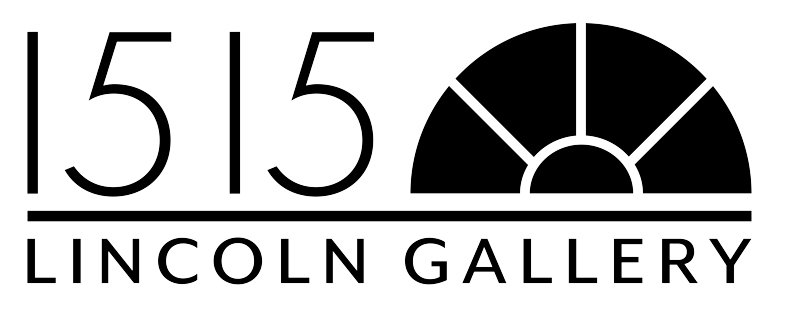Christie Owen
In this interview, Christie Owen shares perspectives on the creative journey that has shaped her abstract and organic style. Deeply inspired by nature, texture, and light, she discusses how these elements influence her work. From a childhood passion to co-founding an art group, Christie reflects on artistic growth, studio routines, and the importance of creating art that resonates personally, while continuously evolving and experimenting.
What led you to become an artist?
Float by Christie Owen
I’ve always felt this calling, with memories of it dating back to second grade. When I was in high school, my parents took me to their friend Charlie Clough’s art show, and it really solidified my passion for art. I entered college with the goal of becoming an artist, but I was also encouraged to pursue a degree in technology. I graduated with a B.F .A. and a minor in Visual Communications. For over a decade, graphic design was my primary creative outlet, though I continued to draw and paint as a hobby. The idea of becoming a professional artist became a reality in 2011 when I co-founded Fringe, a women’s art group, and began apprenticing with sculptor David Phelps.
Can you describe a typical day or routine in your studio?
Walking, music, and matcha get me up and going. Then I'll go into the studio, start on a work already in progress, or do some mark-making, sketching, and color mixing. I'm usually surrounded by a current body of work, so I can work on everything together. I like to transfer elements from one piece to the next to keep experimenting and evolving. Some days, I have to run to get more paint or materials, order things online, take photos, update social media, and manage my website—which is not "studio time" but part of my routine.
How would you describe your artistic style?
I see my art style as abstract and organic, deeply inspired by nature. It serves as a quiet escape from the fast pace of our digital world, reflecting themes of texture, light, and the changing seasons. I strive to slow down and capture meaningful moments in my work. With an exploratory approach, my paintings employ various techniques to evoke a sense of tranquility and beauty.
What materials and techniques do you prefer to work with, and why?
I prefer acrylic paint because it dries fast. I also work with birch panels, canvas, paper, pastels, oil crayons, pencils, sand, or anything that adds to the texture, composition, or vibe of the piece I’m working on.
How do you approach color and composition in your paintings?
For the most part, I work intuitively and explore the primacy of creating. I let the media guide my process. The compositions and colors perpetually change in relation to various times and life experiences. In order to keep evolving, I search for visual solutions in one piece that I can transfer to the next. I focus on developing depth, space, form, color, and light while building and subtracting layers until I find balance.
Is there any advice you would give to aspiring painters based on your experiences?
Create what interests you and what makes you happy, not what you think others want to see. Get feedback, but really listen to your gut. Keep an open mind, be patient, and realize that even a lot of failure can lead to your greatest successes. Keep learning new techniques and keep evolving. Share your work online and in a gallery or public space so everyone can see it.
What themes or subjects inspire your artwork the most?
I look at a lot of interior design, fashion, and architecture. I take photos of shadows, industrial objects, landscapes, and anything else that grabs my attention.
Are there any particular artists or movements that have influenced your work?
Artists like Gerhard Richter and Agnes Martin have inspired me to develop my own approach to art. I also admire Eva Hesse, Donald Judd, Robert Ryman, Ellsworth Kelly, and Richard Diebenkorn, among others. I can see that my work aligns with several art styles, including Outsider Art, Expressionism, Impasto, Naturalism, Assemblage, Wabi-Sabi, and Dansaekhwa.
How has this latest series contributed to your artistic growth or perspective?
This latest series has really helped me grow as an artist. It’s given me the chance to dive deeper into abstract and organic forms inspired by nature. I’ve been able to try out new techniques and just enjoy the creative process. I’ve learned a lot about how texture and light work together to create a sense of calm and beauty. Plus, it’s reminded me how important it is to capture those meaningful moments. Overall, it’s been a great experience that has inspired me to keep evolving in my art.


